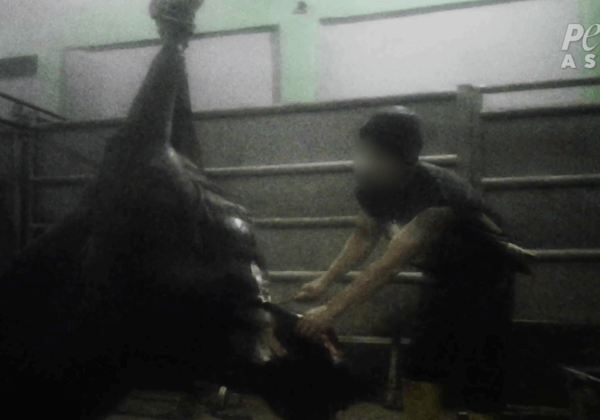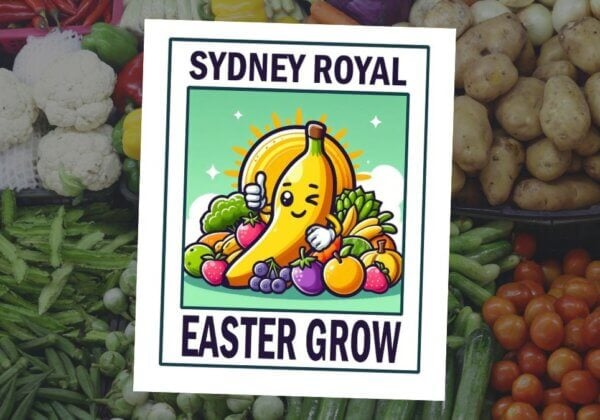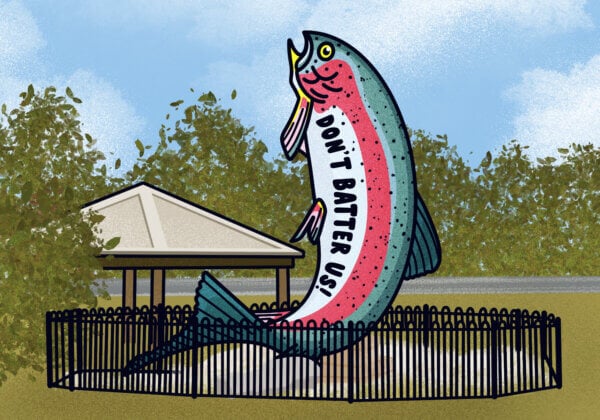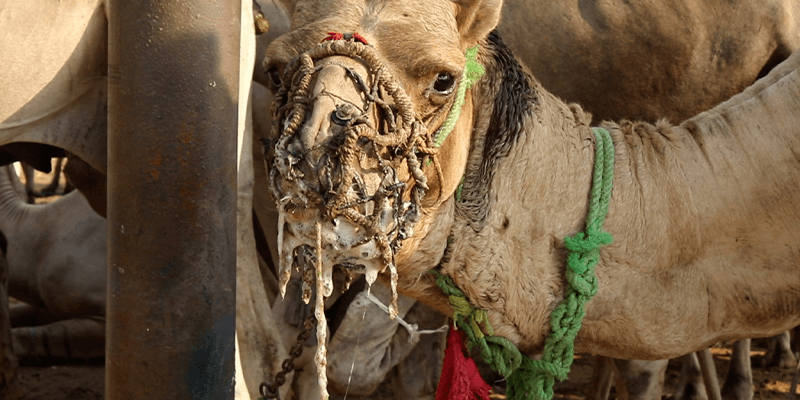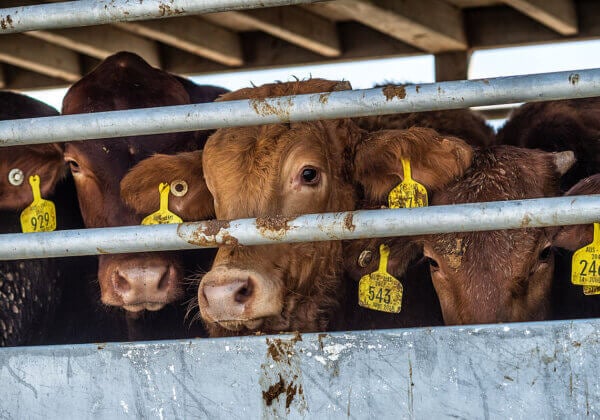NZ Government Pressured to End Live Exports in Light of Suez Canal Crisis
Following the recent Suez Canal incident that trapped at least 20 ships carrying cows and sheep, putting the lives of hundreds of thousands of animals at risk, the world’s eyes are again on the horrible business of live-animal exports.
New Zealand’s government is preparing to decide on the future of the trade, so PETA has written to Prime Minister Jacinda Ardern asking once again for a total ban.
This is hardly the first time we’ve called on New Zealand to do the right thing by animals forced onto transport ships. When we last wrote, the country was experiencing a live-export tragedy – the sinking of Gulf Livestock 1, an incident that claimed the lives of 41 people and 5,867 cows. That’s 5,908 individuals who spent their last moments in terror.
View this post on Instagram
Read the letter here.
‘Breeding Stock’ Exports Still Suffer and Die
Unlike Australia, New Zealand opted to end livestock exports for slaughter in 2008. However, just because New Zealand’s animals aren’t headed straight to slaughterhouses doesn’t mean they’re any less susceptible to illness and death on board vessels, and if they survive, it certainly doesn’t mean they’ll lead happy lives elsewhere.
In 2020, New Zealand exported almost 3 million live farmed animals, including 110,00 cows who will spend their lives being forcibly impregnated on intensive dairy farms in China.
Day-old chicks make up the vast majority of exported animals. They’re torn away from their mothers and crammed into boxes by the thousand for transport overseas.
The animals tossed about on rough seas, trampled by their shipmates, suffocated by their own faeces, and dying of dehydration, starvation, and illness aboard these ships don’t care that New Zealand “only” exports “breeding stock”. These animals still endure gruelling journeys – and face unacceptable risks – only to give birth over and over on depressing factory farms, before being killed in ways which would be illegal in New Zealand.

Live Export Risks Human Safety, Too
Animals aren’t the only ones who suffer in the live-export trade. Crewmembers aboard these ships are exposed to dangerous levels of ammonia, carbon dioxide, and highly flammable methane – from the animals and their waste. In 2016, veterinarian Dr Lynn Simpson spoke out about human rights concerns within the industry, saying, “What shocked me most [about live export] was the disregard for humanity and the poor conditions that many seafarers are forced to endure.”
Then there’s the fact that animals also carry zoonotic diseases. Just as slaughterhouses and other animal-exploiting facilities are potential breeding grounds for the next pandemic, so, too, are live-export ships – and the risks only increase with worldwide travel.
Belgian veterinarian Jeroen Dewulf warns that live animals are the largest source of infection when it comes to spreading diseases. “The more you are going to move animals,” he warns, “the more you run the risk that diseases will be spread through these animals.”
You can ask New Zealand’s government to ban live exports by using this form from our friends at SAFE. Please also join us in urging the Australian government to do what’s right for animals by halting this shameful trade:

